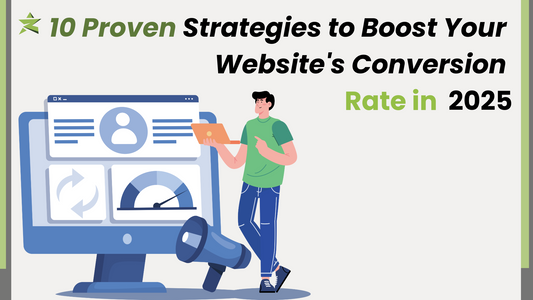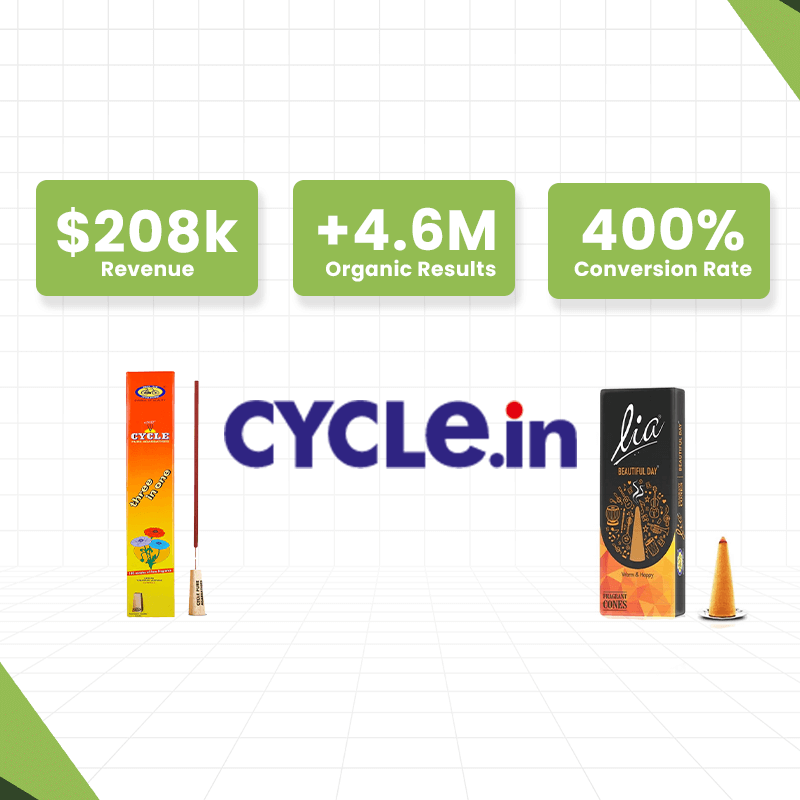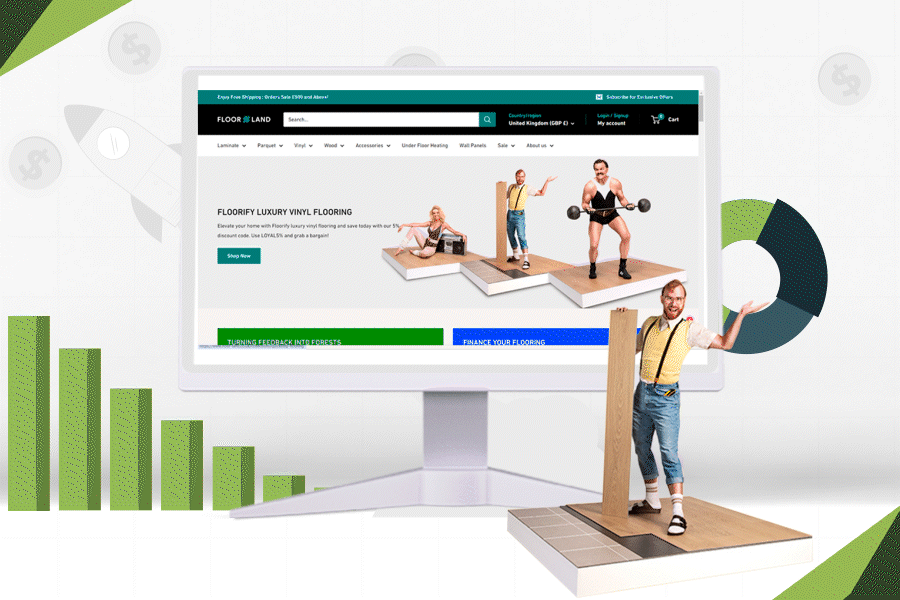Setting up a Shopify store is an exciting venture for UK entrepreneurs, but it’s easy to fall into common traps that can hinder your e-commerce success. Avoiding these pitfalls is crucial to running a profitable online store. In this guide, we’ll highlight the top 5 most common mistakes new Shopify store owners make and provide practical tips, key statistics, and real client examples to help you steer clear of them.
1. Neglecting Market Research: The Silent Store Killer
Failing to conduct thorough market research can sink your Shopify store before it even launches. According to a report by Small Business UK, 40% of small businesses fail due to inadequate market research. Without a deep understanding of your target audience, market trends, and competitors, you risk creating a store that doesn’t resonate with potential customers.
How to Avoid This:
- Invest time in detailed market research before launching. Use tools like Google Trends and Answer the Public to understand what your audience is searching for.
- Perform a competitor analysis and identify gaps where your business can stand out.
- According to Statista (2024), 70% of successful e-commerce businesses rely on data-driven insights. Leverage customer surveys, focus groups, and evolving market trends to align your product offerings with audience expectations.
Client Example:
We worked with a luxury skincare brand, and conducted focus groups to refine their target market. Initially focused on women aged 20-30, the insights showed the products resonated more with women aged 40-50. With this data, we revamped their Shopify store design and content, resulting in a 30% increase in conversions.
2. Choosing the Wrong Shopify Plan: Overspending or Undershooting?
Selecting the wrong Shopify plan is a common mistake that can lead to overspending or underutilising features essential for your store’s growth. Plans range from Basic to Advanced and Shopify Plus, each offering different features. New store owners often choose a plan based on price rather than long-term business needs.
How to Avoid This:
- Review Shopify’s UK pricing plans carefully. Consider factors like the number of products, projected traffic, and features you’ll need as your business scales.
- Start with the Basic plan if you’re a small start-up, but ensure there’s room for scalability.
Pro Tip:
Larger businesses may benefit from upgrading to Advanced or Shopify Plus to unlock features like advanced reporting, automation, and reduced transaction fees.
3. Ignoring Mobile Optimisation: A Costly Oversight
Did you know that 55% of web traffic in the UK comes from mobile devices? According to Statista (2024), mobile commerce is projected to account for 74% of total UK e-commerce sales by 2025. Yet, many store owners focus solely on the desktop experience, ignoring the mobile user—an oversight that could cost you sales.
How to Avoid This:
- Regularly test your store’s mobile performance using tools like GTmetrix and Google Inspect.
- Ensure your site is fully responsive, with seamless navigation, fast load times, and clear product displays on all mobile devices.
Pro Tip:
Prioritising mobile optimisation can capture a significant portion of your traffic and increase conversions.
4. Overlooking SEO Best Practices: The Invisible Store Problem
SEO (Search Engine Optimisation) is critical for driving organic traffic to your Shopify store. According to a 2024 BrightEdge report, 52% of website traffic comes from organic search. However, many Shopify store owners overlook key SEO elements such as meta tags, keyword optimisation, and high-quality content, resulting in poor search rankings.
How to Avoid This:
- Develop a comprehensive SEO strategy that includes optimising product titles, descriptions, and images.
- Use tools like Google Search Console, Google Analytics, and SEMrush to track performance, monitor competitors, and identify SEO opportunities.
- Focus on content marketing, ensuring your store ranks high for relevant keywords. A report from Search Engine Journal shows that 75% of UK users don’t go beyond the first page of search results, so it’s essential to rank well.
Client Example:
We helped April Hamilton, a luxury interiors brand, boost their site’s SEO performance. By resolving technical issues and optimising meta information, we improved their Google rankings, resulting in a 40% increase in organic traffic.
5. Poorly Designed User Experience (UX): Losing Customers Before Checkout
A well-designed user experience (UX) can make or break your Shopify store. Forrester (2024) reports that a well-designed interface can increase conversions by 210%. However, many stores fail to prioritise UX, leading to frustrating customer experiences and lost sales.
How to Avoid This:
- Simplify navigation and ensure the checkout process is as streamlined as possible.
- Regularly conduct usability testing to identify and fix pain points in the customer journey.
- Ensure that your site’s design is visually engaging and responsive across all devices.
Client Example:
We worked with London Terrariums to redesign their Shopify store, focusing on an intuitive, fully responsive design. By simplifying navigation and prominently featuring customer reviews, we improved their overall UX, which resulted in a 25% boost in sales.
Final Thoughts: Need Expert Help to Avoid These Pitfalls?
Avoiding these common Shopify store mistakes can significantly enhance your store’s performance and growth potential. However, navigating the complexities of e-commerce can be daunting. That’s where we come in.










